EPIRB & USCG, a winning combination
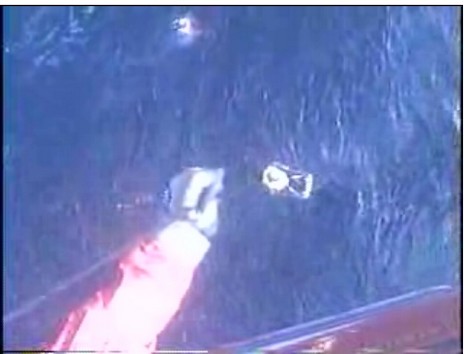
I may be annoyed at the FCC, but the U.S. Coast Guard never ceases to impress me. In this CG video, also viewable below, a chopper team—rescue swimmer included—is picking up a sailor some 80 miles off the northern coast of California in late October. The wind is reportedly 50 – 60 MPH, and you can hear the pilot calling some swells at 30’. I think the most compelling thing about the video is the tight team work you can hear amongst the crew. Two guys were rescued off the vessel, which was unfortunately named Passing Wind II, and may have been a Nauticat 35. According to the ACR press release, the boat got rolled onto its cabin top, dismasted, and 2/3rds filled. “The life raft and dinghy on back were sheared off. We had no radio, the Satellite phone was drenched and dead, and all electrical pumps were useless.” But their GlobalFix EPIRB worked fine, the CG knew where they were within 30 minutes, and were there in 3 hours. Close call!
One thing I’m going to be researching next week is how well a SPOT might have done in this same situation. For sure SPOT is not the same level of hardware or communications reliability as a PLB, let alone an EPIRB, but because it’s cheaper and has added features, it is surely going to get involved in scenes like this. What I’m particularly curious about is GEOS Alliance, which is the private call center that SPOT’s 911 button connects to. By contrast, EPIRB and PLB distress calls to directly to COSPAS-SARSAT. Can GEOS notify the right people just as quickly? Has anyone had GEOS experience?
PS Coincidentally, NavaGear just put up an entry about yet another dramatic CG helicopter rescue, possibly the same helicopter!


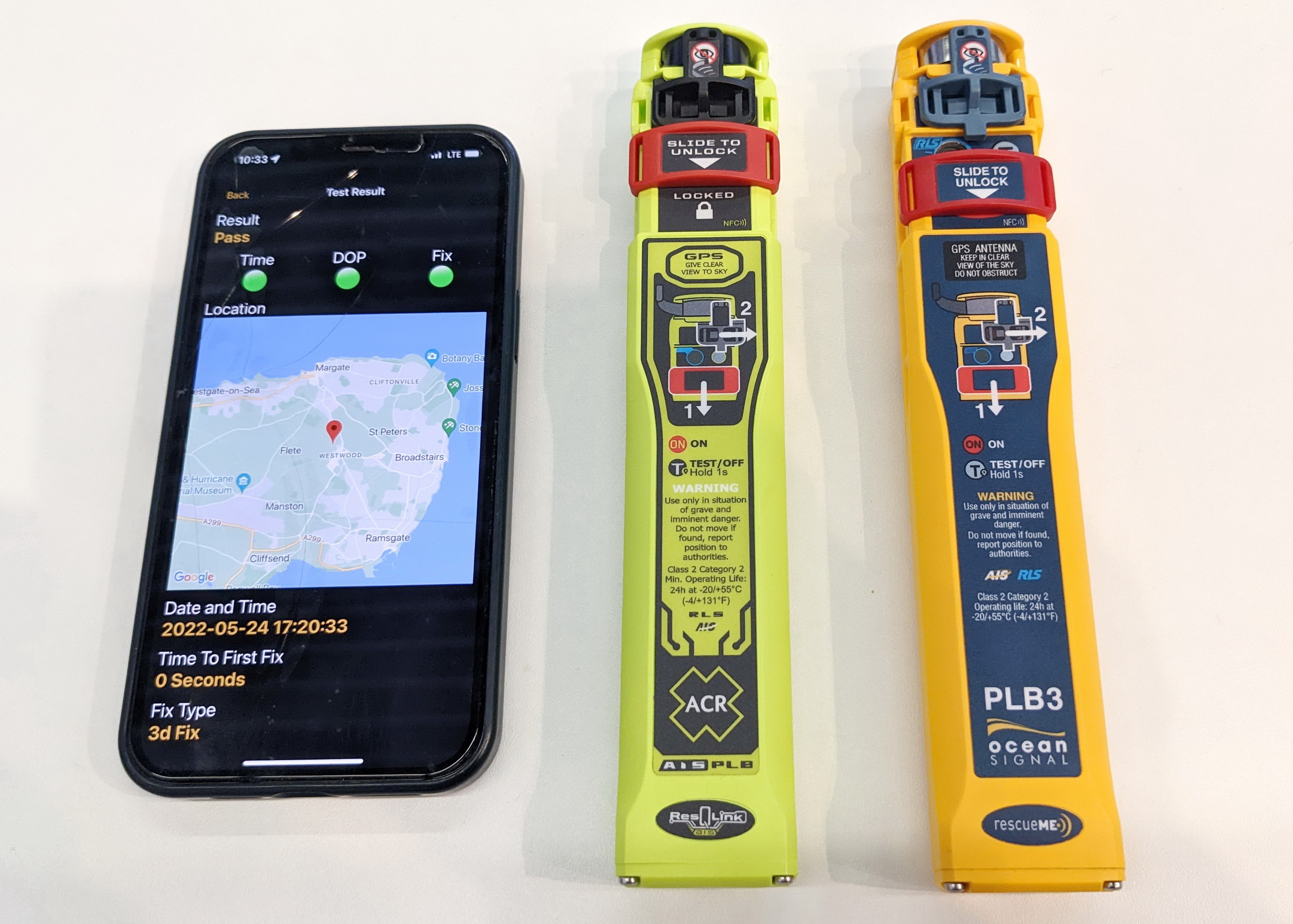
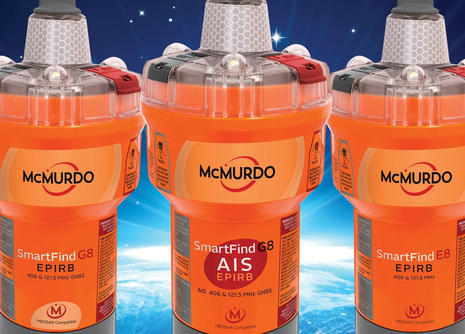
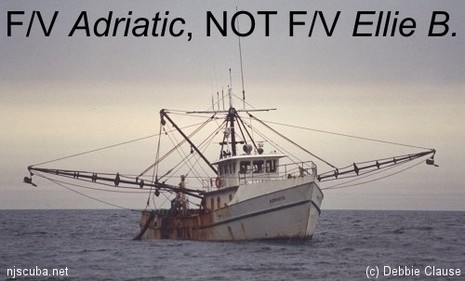
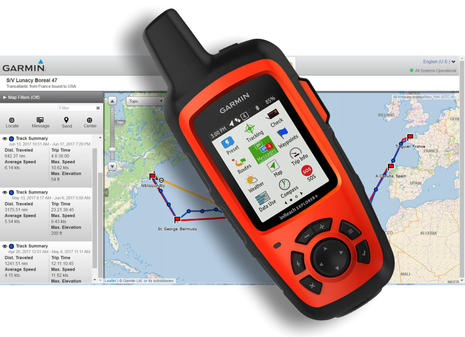







Coasties rock! The professionalism and competence of this young woman, the swimmer, and the pilots is awesome to see. I hope I never need them, but it extremely comforting to know they are there. Thanks, Coast Guard.
I got this (edited) note from a regular Panbo reader:
As I age, and am more susceptible to both medical emergencies and perhaps an accident, I find my self becoming more aware of the need to summon aid. I have always carried EPRIBS on my sailing vessels since they became available. Now with PLBs (we have two ACR Aquafixs with onboard GPS and Interface which we carry on our boats and in the RV) costing less than $500, I think that there is no reason not to have one on any boat which goes offshore, or any person who has a potential of needing rescue.
If you look at the economics of the SPOT–the unit costs $169, plus $99 a year for basic service–this means that in 3 years you have spent the cost of a 406 EPRIB, which has professional world wide monitoring and will have the authority to summon rescue resources. Plus there is not world wide coverage with SPOT.
The other question I ask, is what if the local Sheriff receives a call from GEOS International Emergency Response Center and says that “John Doe” has activated his SPOT unit at 37 deg 07′ 56.62″N and 111 deg 14’41.27″ W? Will the Sheriff respond? This assumes that the Sheriff in Page Arizona is notified vs the National Park service, or the Utah State Police. What follow up does SPOT do to be sure that rescue is actually taking place? This location is just off a canyon on Lake Powell where we hike (where SPOT may or may not work, because of the shadow of the canyon walls).
In other words, what creditability does GEOS International have vs SarSat? We hear so many documented rescues where help is on the way in minutes to hours, with an accurate fix.
SarSat and EPRIBs don’t always work either and it seems a mistake to assume you press the button and help is on the way. After reading this thread on Sailing Anarchy I wonder if a paid “insurance” plan from GEOS might have been better?
http://www.sailinganarchy.com/forums/index.php?showtopic=64454
Thank’s for the link to Sailing Anarchy, that thread was very informative. I am trying not to let it color my positive opinion about EPIRB’s to much, but it does place some perspective on the possibly unique utility of obtaining commercial help when SAR isn’t available. Wow, GEOS is backed by $100,000 in SAR resources on each event, that’s certainly got to help make this SPOT look more than a toy.
To know that $100,000 in resources is available, sounds inviting. I am torn though
– I think of the VISA commercial “priceless” : A coast guard patrol boat with trained rescue crew out to help you, probably cannot be bought. Would seem SAR would have the inside advantage in getting such a resource dispatched more quickly .. although the Sailing Anarchy thread brings that into doubt.
– If that $100,000 is a commercial resource, maybe that increases the chances the boat gets rescued as well as the passengers in some cases.
– I wonder if a 24×7 staffed GEOS would simulatenously be effective as the “trusted shore contact” recommended in the SA article. (If not, I wonder if there is a market for / or provider that would be your “trusted shore contact” for either an EPIRB or GEOS service … or is there no replacement for family.)
– If you don’t have a sat phone, is the value of these devices significantly degraded?